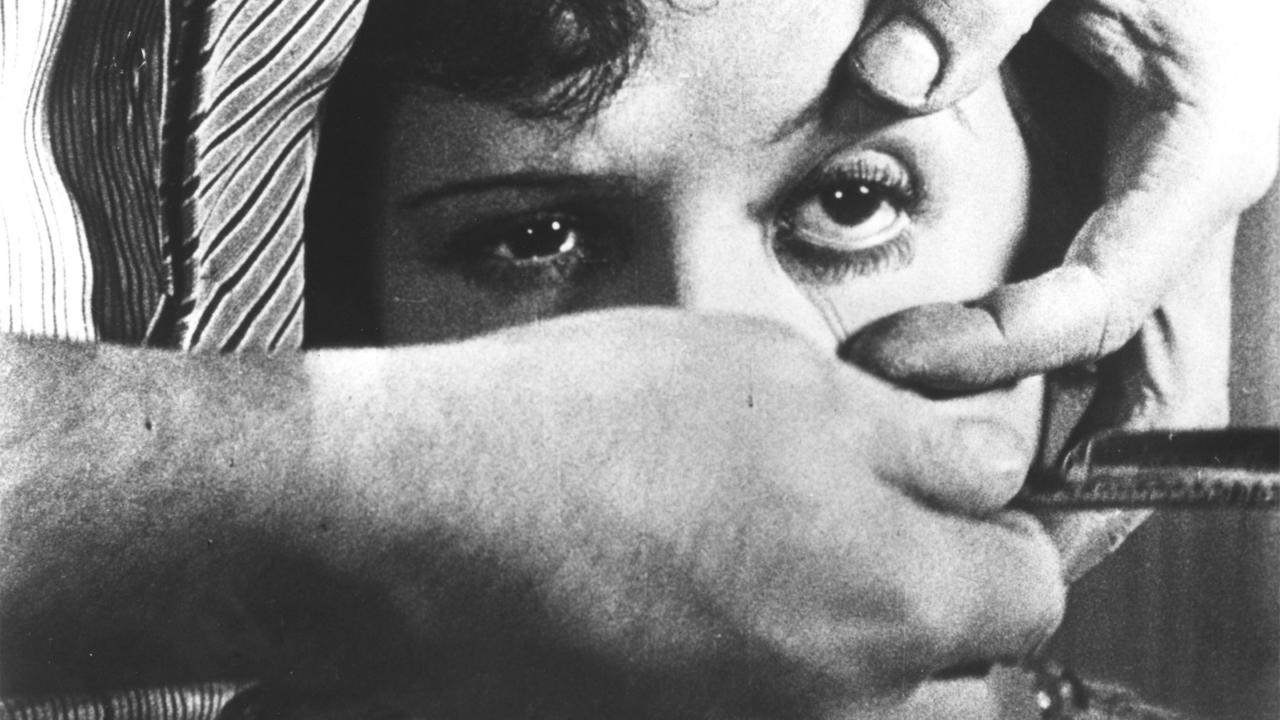There has perhaps never been a time when so many of us have uncomfortably pondered, or angrily debated, the relationship between art and artist in mainstream cultural production. Polanski and Allen loom large, but recent events have brought us Parker and Affleck, and an ever-growing menagerie of alleged (and almost certainly guilty) shitheels besides. Salvador Dali is, in some ways, their patron saint.

Dali, self-proclaimed Napoleon of the arts and dorm-room hero of thrift-store stoners who should know better, would’ve enjoyed the current climate. Both the internet’s take-down ferocity and the equally strident pushback from modern-day aesthetes pushing their own version of “Art for Art’s Sake” — which, in our doomed age, usually takes the form of an anonymous user informing you that you should go fuck yourself — seem right in his wheelhouse. I’m sure he would’ve stayed up nights chipping away at the know-nothing gatekeepers of propriety, and/or posting memes of people eating poop or whatever.
Un Chien Andalou, his explosive 17-minute collaboration with Luis Bunuel, stands as testament to this, as close as 1929 got to filmic trolling. It is universally celebrated as the first genuine Surrealist film, dispensing with narrative coherence and character to mine the relationships between images and dream-logic. Grossly inflated reputation aside, two decades later, George Orwell had his number. Commenting on Dali’s desperately scandalous autobiography, he decried knee-jerk bourgeois dismissal while also writing:
But if you talk to the kind of person who can see Dali’s merits, the response that you get is not as a rule very much better. If you say that Dali, though a brilliant draughtsman, is a dirty little scoundrel, you are looked upon as a savage. If you say that you don’t like rotting corpses, and that people who do like rotting corpses are mentally diseased, it is assumed that you lack the aesthetic sense. Since ‘Mannequin rotting in a taxicab’ is a good composition. And between these two fallacies there is no middle position, but we seldom hear much about it. On the one side Kulturbolschevismus: on the other (though the phrase itself is out of fashion) ‘Art for Art’s sake.’ Obscenity is a very difficult question to discuss honestly. People are too frightened either of seeming to be shocked or of seeming not to be shocked, to be able to define the relationship between art and morals.
Which is to say: a bad man can make a good film. In typical Orwell fashion, the entire essay lays out the basic notion, so perfectly encapsulated by The Simpsons, that “it can be two things.”

Un Chien Andalou is Dali and Bunuel’s attempt to bend film until it breaks. The opening sequence — cutting from a cloud bisecting the moon to a razor slicing a woman’s eyeball, arguably the most famous “cut” in all of film — lives on in the cultural imagination (and Frank Black songs).
There are Dali’s beloved dead donkeys, whose eyes he gouged out with scissors for maximum grotesquerie, dragging a broken piano and two priests. Armpit hair vanishes but reappears on a mouthless face. Hands are everywhere: severed (resonant of castration) or stigmata-inflicted, filled with bugs. Women are, as always (in his art and life), demeaned and in peril. Interstitial timestamps mean nothing; we are in a nowhere world of symbol and refracted meaning.
Amounting, in the Surrealists’ proud gesture, to nothing. Later attempts to apply psychoanalytic or post-Freudian interpretations end up looking silly. Un Chien Andalou is nothing if not committed to the notion that nothing means anything, nor should it.

This would all be well and good and admirable, in a general sense, if the film didn’t simultaneously drain anything resembling commitment from the avant-garde itself, in some ways to this day. Un Chien Andalou is a technical achievement by neophytes, a furious attempt to scandalize the masses, and an inherently fascist gesture. It assumes the primacy of the image over everything else; we cower before its authority.
Dali would shortly be tossed out of the Surrealists’ inner circle by a forward-thinking André Breton, who detected notes of fascism in his demeanor. The Spanish Napoleon would break with his collaborator Bunuel during the production of the much more accomplished L’Age d’Or, either because of Dali’s growing enthusiasm for totalitarianism or the fact that Bunuel attacked his wife. Dali would openly support Franco, camp out in France until actual fighting made him flee, flirt with Hitlerian enthusiasm, and make as much money as he possibly could.
Little of this is ever discussed in polite circles; all we ever hear about are the spectral triumphs of Un Chien Andalou, the scandal of L’Age d’Or (that nearly railroaded Cocteau’s The Blood of a Poet), and how cool “The Persistence of Memory” looks if you’re real, real high. Oh, and “Debaser“.
The film should obviously be taken on its own merits, encountered as an artifact of cultural production. But even doing so generates no real thrill, unless you find the obsolescence of meaning and reactionary politics thrilling. When critic after critic refrains from mentioning politics, imbuing their own worldview with a blinkered Art for Art’s Sake insistence on pure aesthetic, we’re in trouble. Now more than ever, the artifacts of the past should be approached as prologues of what’s to come, and, if we’re serious, we should take their seriouslessness seriously.
That’s how Dali would’ve wanted it anyway, before picking our pockets and gleefully skipping into the night, with his melting clocks and skull-fucked severed heads full of honey.
And yet we try to link them nevertheless. Countless analysts have applied Freudian, Marxist, and Jungian formulas to the film. Bunuel laughed at them all. Still, to look at the film is to learn how thoroughly we have been taught by other films to find meaning even when it isn’t there.

